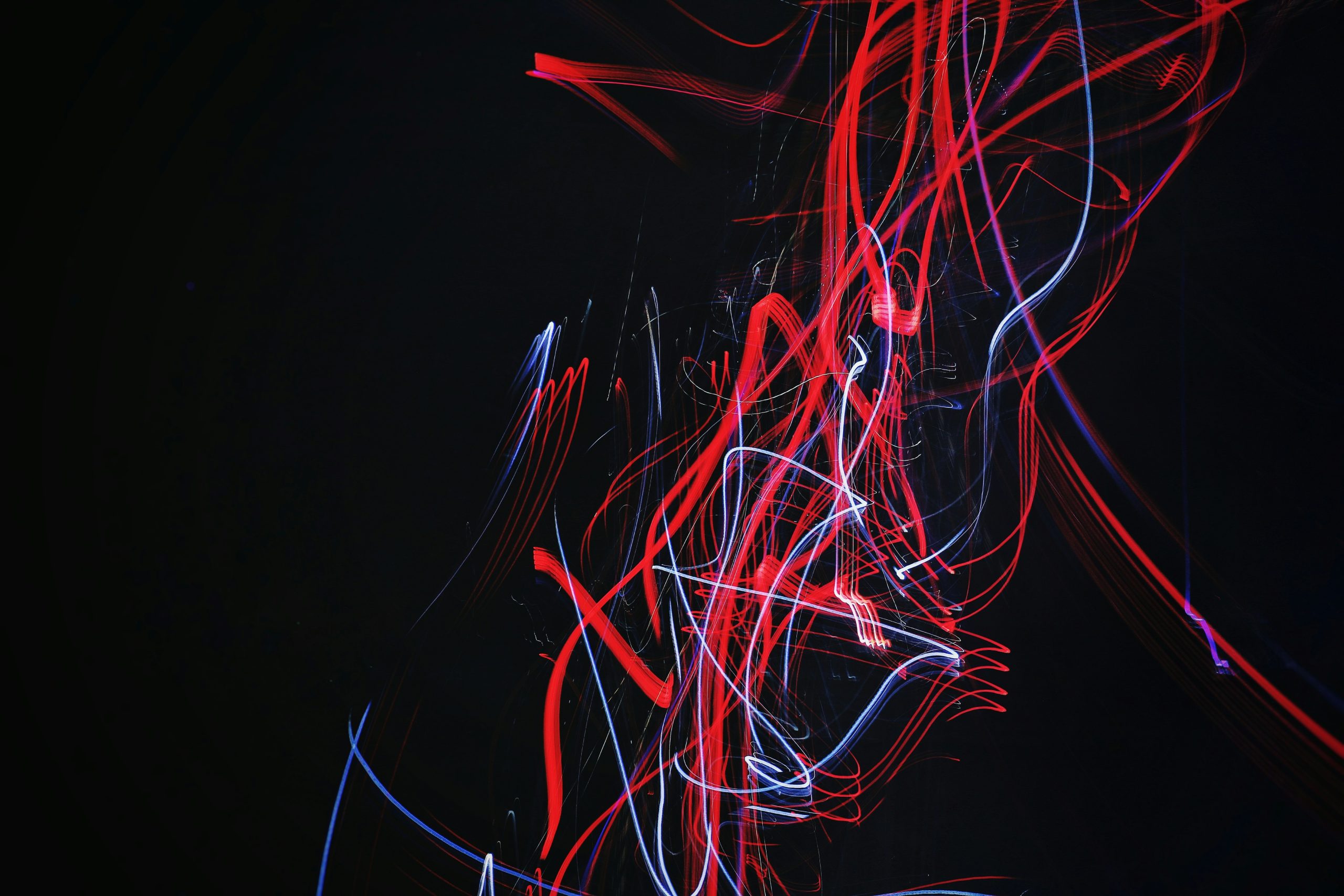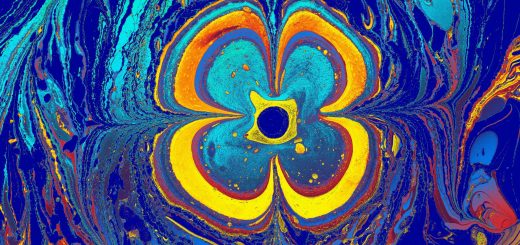Renenutet: Cobra Goddess of Fertility and Harvest

Before diving in, please note: This post is for informational purposes only. If you’d like to know more about how we approach topics, feel free to check out our friendly Disclaimer Page.
Hey there, amazing readers! 🖐️ Just a quick note: yes, we know there are a lot of ads here. Trust us, we get it—it’s not the prettiest look, but they help us keep this blog alive and kicking. Those pesky little ads cover the costs of all the behind-the-scenes magic, from hosting and tech stuff to creating content we hope you’ll love.
We’re committed to delivering quality posts, and your support (even just sticking around despite the ads) means everything to us. So, bear with us, and thanks for helping us keep the good vibes rolling. Now, on to the fun stuff! 😉
TRANSLATE BUTTON AT THE END OF THE ARTICLE
A Quick Overview
Renenutet, the Cobra Goddess of Fertility and Harvest, holds a significant place in ancient Egyptian mythology and religious practices.
She is associated with the fertile lands of Egypt and is believed to bring abundance and prosperity to the people.
Renenutet is often depicted as a cobra or as a woman with a cobra’s head, symbolizing her connection to protection and renewal.
Her presence in Egyptian art and architecture highlights the importance of agriculture in the ancient Egyptian society, as she was revered as a benevolent deity who oversaw the growth of crops and the success of harvests.
Origins and Mythological Significance
Renenutet’s origins can be traced back to the early dynastic period of ancient Egypt, where she was initially associated with the concept of nourishment and sustenance.
Over time, her role expanded to include fertility and harvest, making her a vital deity in the agricultural cycle of the ancient Egyptians.
Renenutet was believed to be the guardian of the grain stores and a protector of the crops, ensuring a bountiful harvest each year.
She was also associated with the concept of rebirth and renewal, symbolizing the cyclical nature of life and death in Egyptian mythology.
Renenutet’s Iconography and Depictions
In Egyptian art, Renenutet is often depicted as a cobra or as a woman with the head of a cobra.
The cobra symbolized protection, fertility, and regeneration in ancient Egypt, making it a suitable representation for a goddess associated with fertility and harvest.
Renenutet is also sometimes shown holding a sheaf of wheat or a jar of water, symbolizing abundance and nourishment.
Her depictions highlight her importance in ensuring the prosperity and well-being of the Egyptian people through the successful growth of crops.
Role in Egyptian Fertility and Harvest Rituals
Renenutet played a crucial role in Egyptian fertility and harvest rituals, where she was invoked to bless the fields and ensure a plentiful harvest.
Farmers would often offer prayers and offerings to Renenutet during planting and harvest seasons, seeking her favor and protection.
It was believed that by honoring Renenutet, the crops would grow abundantly and the harvest would be successful.
The goddess was also associated with the concept of fertility, blessing women with children and overseeing the growth of families.
Symbolism of the Cobra in Ancient Egypt
The cobra held significant symbolism in ancient Egypt, representing protection, fertility, and divine power.
As a symbol of protection, the cobra was often associated with royalty and deities, serving as a guardian against evil forces.
In the context of fertility, the cobra symbolized the regenerative powers of nature and the ability to bring forth life.
In the case of Renenutet, the cobra symbolized her role as a protector and nurturer of the crops, ensuring their growth and abundance.
Renenutet’s Associations with Agriculture
Renenutet’s close association with agriculture made her a revered goddess among the ancient Egyptians.
Farmers and agricultural workers looked to her for guidance and blessings, believing that she held the power to influence the success of their crops.
Renenutet was also associated with the concept of abundance and prosperity, symbolizing the fertility of the land and the nourishment it provided to the people.
Her presence in agricultural rituals and ceremonies underscored her importance in ensuring the fertility and growth of the crops.
Offerings and Prayers to Renenutet
In ancient Egypt, offerings and prayers were made to Renenutet to seek her favor and protection.
Farmers would offer grains, fruits, and other agricultural products as gifts to the goddess, believing that these offerings would ensure a bountiful harvest.
Prayers were also recited to Renenutet during planting and harvest seasons, asking for her blessings and assistance in ensuring the success of the crops.
The goddess was revered as a benevolent deity who watched over the fields and ensured the prosperity of the land.
Temples and Cult Centers Dedicated to Renenutet
Renenutet had several temples and cult centers dedicated to her worship throughout ancient Egypt.
One of the most famous temples dedicated to Renenutet was located in the city of Medinet Habu, where the goddess was venerated as a protector of the harvest and fertility.
At these temples, priests and priestesses would perform rituals and ceremonies in honor of Renenutet, seeking her blessings for the crops and the people.
The temples served as centers of worship and pilgrimage, attracting devotees from across Egypt.
Influence on Egyptian Art and Architecture
Renenutet’s influence on Egyptian art and architecture can be seen in the numerous depictions of the goddess in temples, tombs, and monuments.
The cobra motif, symbolizing her protective and nurturing qualities, was a common theme in Egyptian art, with images of Renenutet often featuring the goddess in the form of a cobra or with a cobra’s head.
Her presence in art and architecture emphasized the importance of agriculture in ancient Egyptian society, highlighting the significance of fertility and harvest in the lives of the people.
Renenutet’s Connection to Other Deities
Renenutet was closely associated with several other deities in the Egyptian pantheon, including the goddess Isis and the god Osiris.
As a fertility goddess, Renenutet shared similarities with Isis, who was revered as a goddess of motherhood and fertility.
In some myths, Renenutet was also linked to Osiris, the god of the afterlife and the rebirth of the crops.
These connections underscored Renenutet’s role in the cycle of life and death, as well as her influence on the fertility and prosperity of the land.
Legacy of Renenutet in Modern Culture
While Renenutet is primarily known through ancient Egyptian mythology, her legacy continues to inspire artists, writers, and scholars in modern culture.
The goddess’s association with fertility, harvest, and abundance resonates with themes of renewal and growth, making her a symbol of prosperity and hope.
Renenutet’s presence in ancient Egyptian art and literature serves as a reminder of the importance of nature and agriculture in human civilization, highlighting the connection between the land and the people who depend on it for sustenance.
Understanding Renenutet’s Role in Ancient Egypt
Renenutet’s role as the Cobra Goddess of Fertility and Harvest provided the ancient Egyptians with a sense of security and prosperity in their agricultural endeavors.
By venerating Renenutet through offerings, prayers, and rituals, the people believed they could ensure the success of their crops and the fertility of the land.
The goddess’s associations with fertility, protection, and renewal made her a vital deity in the agricultural cycle, underscoring the importance of nature and the harvest in the lives of the ancient Egyptians.
Renenutet’s enduring legacy as a symbol of abundance and prosperity continues to captivate the imagination and inspire reverence for the cycles of life and growth.
Conclusion
Renenutet, the Cobra Goddess of Fertility and Harvest, played a crucial role in Egyptian mythology and religious practices, overseeing the growth of crops and ensuring the prosperity of the land.
Her associations with fertility, protection, and regeneration made her a beloved deity among the ancient Egyptians, who sought her blessings for a bountiful harvest.
Renenutet’s influence on Egyptian art, architecture, and culture highlighted the importance of agriculture in ancient Egyptian society, emphasizing the connection between nature and the people who depended on it for sustenance.
Through her enduring legacy, Renenutet continues to be revered as a symbol of abundance, prosperity, and renewal in modern culture.

The Enlightenment Journey is a remarkable collection of writings authored by a distinguished group of experts in the fields of spirituality, new age, and esoteric knowledge.
This anthology features a diverse assembly of well-experienced authors who bring their profound insights and credible perspectives to the forefront.
Each contributor possesses a wealth of knowledge and wisdom, making them authorities in their respective domains.
Together, they offer readers a transformative journey into the realms of spiritual growth, self-discovery, and esoteric enlightenment.
The Enlightenment Journey is a testament to the collective expertise of these luminaries, providing readers with a rich tapestry of ideas and information to illuminate their spiritual path.
Our Diverse Expertise 🌟
While our primary focus is on spirituality and esotericism, we are equally passionate about exploring a wide range of other topics and niches 🌍📚. Our experienced team is dedicated to delivering high-quality, informative content across various subjects ✨.
To ensure we provide the most accurate and valuable insights, we collaborate with trusted experts in their respective domains 🧑🏫👩🏫. This allows us to offer well-rounded perspectives and knowledge to our readers.
Our blog originally focused on spirituality and metaphysics, but we’ve since expanded to cover a wide range of niches. Don’t worry—we continue to publish a lot of articles on spirituality! Frequently visit our blog to explore our diverse content and stay tuned for more insightful reads.






